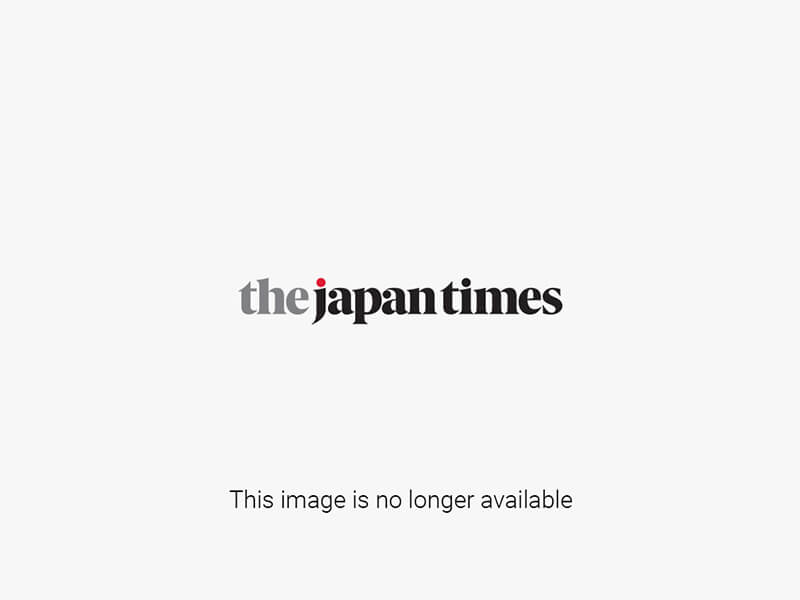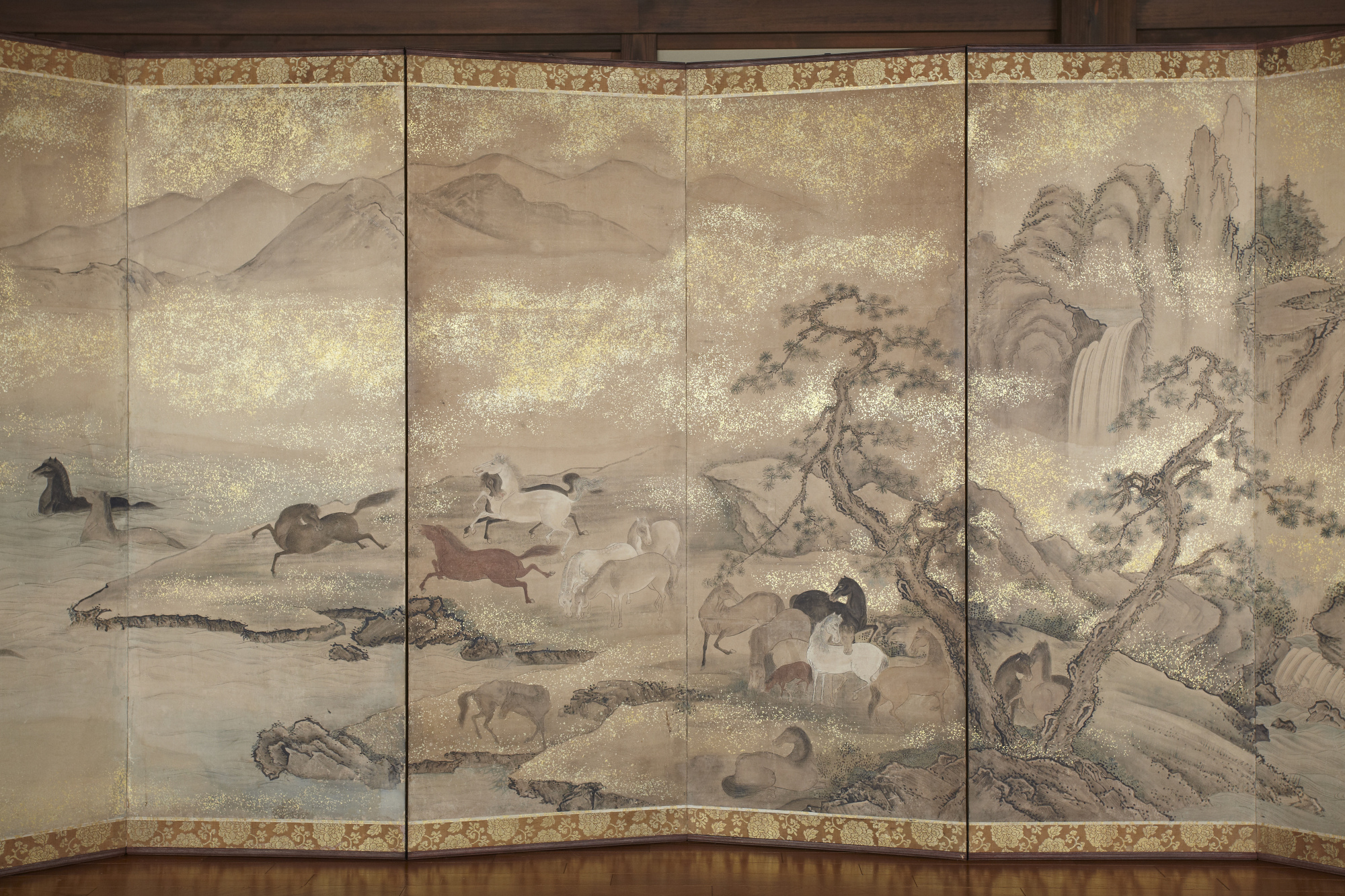Nearly all of the designs on traditional byōbu folding screens take nature as their theme. By contrast, according to Yoshihiro Takishita, the majority of Western paintings focus on the human figure. Byōbu art also leaves generous areas of empty space on the panels, an effect that further enhances their attractiveness as interior decor that never tires the eye.

Painting genres and techniques also vary widely: Byōbu may display anything from a finely detailed rendering of a festival procession to a single wild boar rampaging across the entire screen — or a number of small paintings on separate sheets may be pasted onto a single panel.



